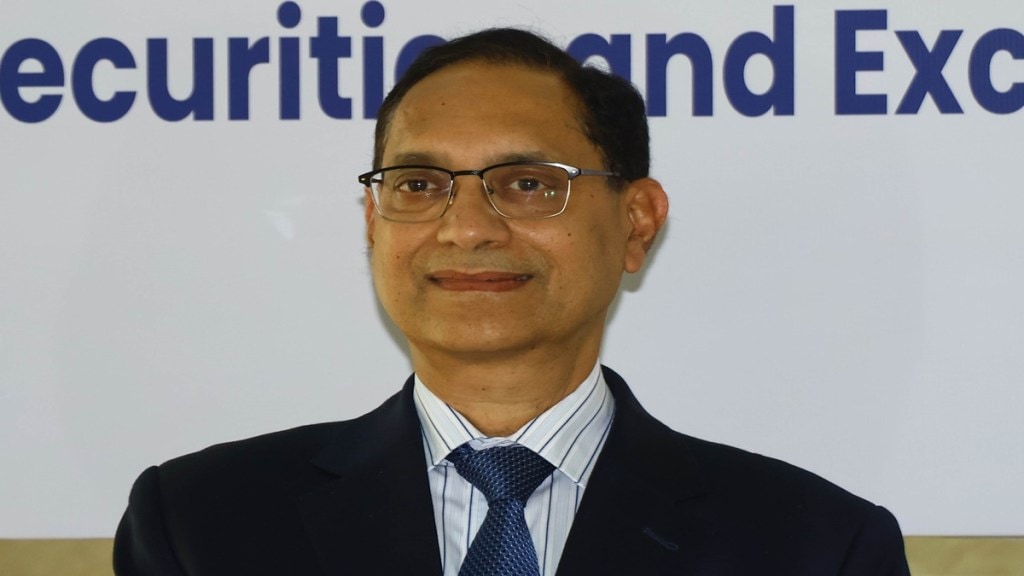Securities and Exchanges Board of India (SEBI) chairman Tuhin Kanta Pandey on Friday said that electricity derivatives will remain tools for hedging rather than undue speculation.
Speaking at the launch of electricity derivatives at the NSE, Pandey said these products align with the global markets. “India is meeting its rising electricity demand while promoting sustainability,” he said.
Designed for risk management, not speculation
“In regions like the EU and the US, they support deeper competition, better investment signals, and efficient price discovery. SEBI and the Central Electricity Regulatory Commission (CERC) followed a robust, consultative, and data-driven approach to design contract specifications and risk management norms,” Pandey said, adding that the lack of forward price signals has been a structural gap in India’s power market.
Electricity derivatives will complement physical power trading by adding a layer of financial flexibility. This will help participants plan effectively by managing price uncertainty, mitigate revenue risks and attract investment in the power sector, the SEBI chief said.
SEBI and CERC have together placed some safeguards. “Electricity has been categorised as a high volatile commodity, thereby attracting a high initial margin requirement. This will discourage undue speculative activity. Additional margins may be imposed in times of heightened volatility,” Pandey said.
On delineation of the roles of SEBI and CERC, he said the former will regulate financial derivatives on the commodity exchanges, while the latter will oversee physical delivery-based contracts on power exchanges.
Growing power demand and policy push
Primary participants in the electricity derivatives market are power generators, distribution companies (discoms), power exchanges, end-consumers and traders.
“As a key ingredient for economic growth, electricity has always been under regulatory watch,” Pandey said. Today, it is one of the 104 goods notified for commodity derivatives. As a non-agricultural commodity, electricity falls under the category of energy, which also includes natural gas, coal, crude oil. State and private power generators, discoms, power traders and power-finance companies have shown interest in this product, he said.
According to the International Energy Agency, 85% of increase in global electricity demand over the next three years will come from emerging and developing economies. Consequently, India’s share in global primary energy consumption is projected to double by 2035. Over the past decade, India’s power sector expansion was driven by rising demand, infrastructure development and policy support for conventional and renewable sources. Electricity generation increased from 1,168 billion units (BU) in 2015-16 to an estimated 1,824 BU in 2024-25.


